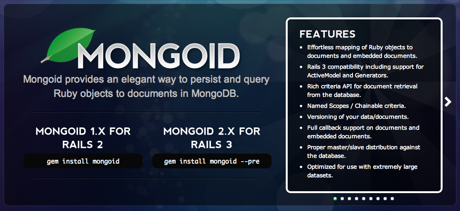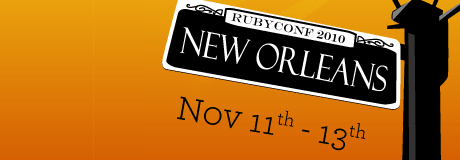It’s been almost a year since Ric Roberts posted about using MongoDB and MongoMapper and I’ve seen an explosion in the number of people using these tools in the Ruby community since then (I use them heavily on coder.io too).
MongoMapper has become the de facto standard way to use MongoDB from Ruby, but it’s not the only game in town. Mongoid, by Durran Jordan, has recently been creeping up in popularity too, and with a stunning project site and robust documentation, it deserves some attention.
At first glance, Mongoid and MongoMapper seem to take similar approaches and have very similar APIs, so I got in touch with both Durran Jordan (Mongoid) and John Nunemaker (MongoMapper) to split some hairs and it turns out they have different motivations, aims, and, underneath it all, they target different use cases pretty well. Read More



